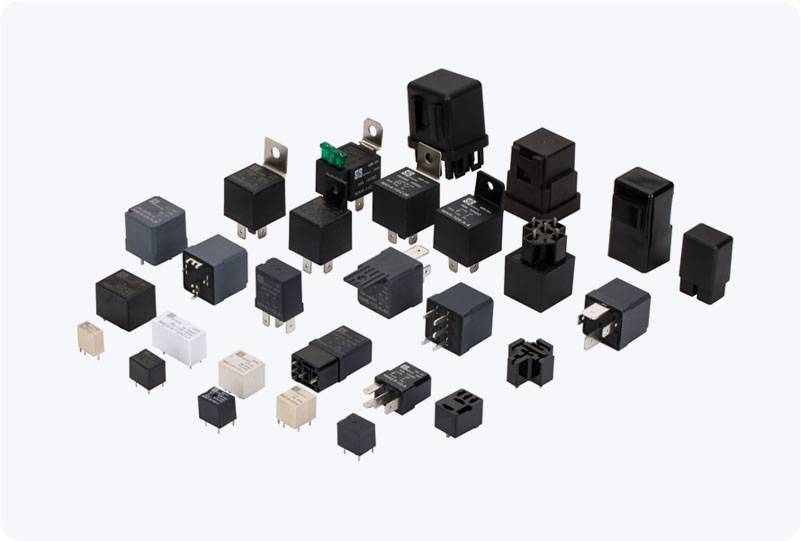In the realm of industrial automation and process control, the need for safety is paramount. Systems are designed to minimize risks and protect personnel, equipment, and the environment from potential hazards. One key component in achieving high levels of safety in critical systems is the SIL 3 communication relay. This article explores the importance, functionality, and applications of SIL 3 communication relays, highlighting their role in ensuring safety and reliability.

What is SIL 3? SIL (Safety Integrity Level) is a measure used to define the reliability and effectiveness of safety systems. It is based on standards such as IEC 61508 and IEC 61511, which are designed to guide the development and operation of safety systems in industrial environments. The SIL rating system ranges from SIL 1 (lowest level of safety) to SIL 4 (highest level of safety), with each level representing a specific probability of failure. SIL 3 is one of the higher levels, indicating that the system must be capable of reducing risks to an extremely low probability—usually less than 1 in 1,000,000 per year.